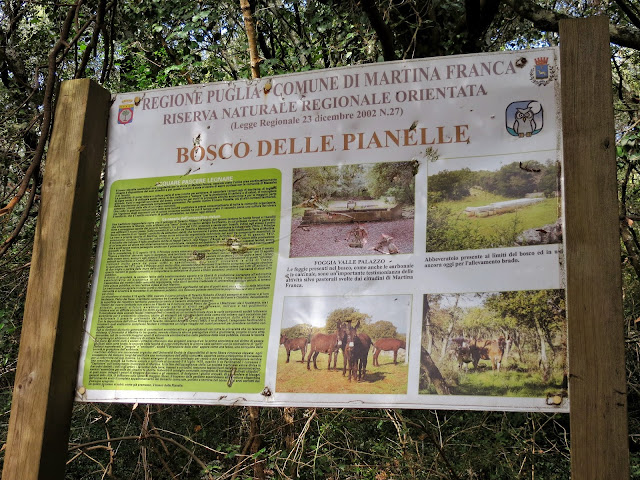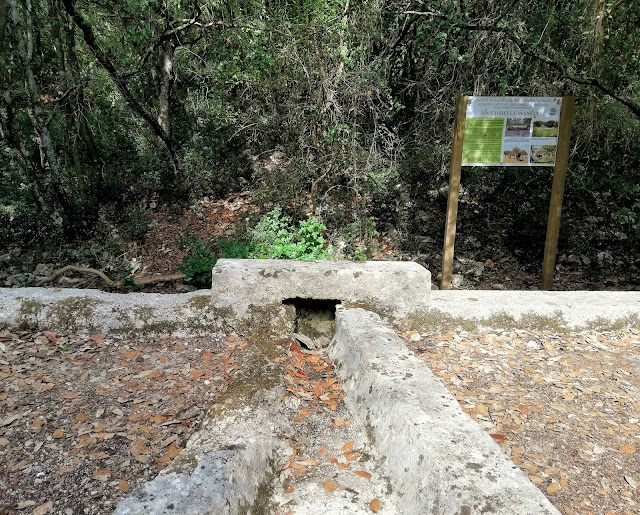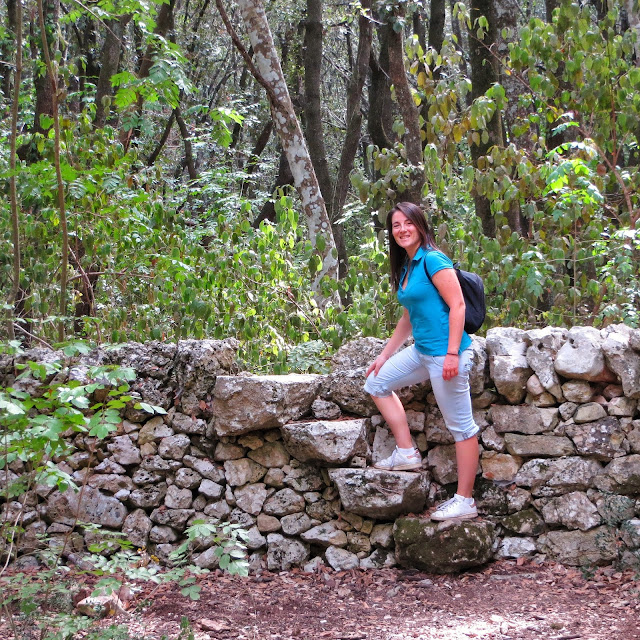Going for a walk in the wood looking for the witnesses of agrarian civilization in Apulia
It’s not the first time that I name it. I talk about the Bosco delle Pianelle when I suggest where to spend Easter Monday or Ferragosto; I recall it when I talk about my childhood, well, it’s a place that is a dear for me. It’s a natural shelter for the inhabitants of the area who want to enjoy some time in nature, without going too far. Actually, besides the picnic area, there are some paths that go into the wood. It’s always like playing the little explorer when I decide to go for a walk in “the Pianelle” and I take a new path, because even though I’ve come here since I was a child, I can’t say that I know all the paths.
Besides my personal relationship with this wood, what makes it so particular is its history, the link between the territory and human beings; you can meet the traces of this relationship following the paths. I make a very little preamble: in this area there were a lot of pastures, water, game and timber. It was a real treasure for local people, because here they found the most of the resources that they needed to live. Here why walking in this wood is not like being surrounded by wild nature, but by the nature that kindly allows humans to use its goods.
When I discovered the history of Bosco delle Pianelle and that there are the traces of the human presence still visible, I thought to go for a hike with the precise aim to find them. They are the signs that talk about the history of this Apulian area, of the wood and that, after so many years, if not centuries, they are an integral part of the forest, a witness of the link between human and the wood.
We look at the boards that indicate and describe all the paths and we take the path called Sentiero della Foggia Motolese. Few steps and we meet a black construction. We get closer and notice that it’s made of wood logs of different dimensions and it’s there to remind that this wood was an area where people collected timber and transformed it into charcoal through coal cellars. What are coal cellars? They were little-mountain-shaped structures, built with pieces of wood, with a central chimney and lateral cuniculus. In the central chimney, they burned timber in such a way to have little oxygenation: once the combustion started, they covered the chimney with a cap of earth, preventing air from entering. In this way, because of the lack of oxygen, there would have been an imperfect combustion and timber would have become charcoal instead of ash. I immediately though how dangerous working with fire in a wood could be, but someone makes me notice that in the past there wasn’t the attention towards the preservation of natural resources that we have nowadays (or that we should have).
Another sign of human presence here are dry stone walls: they’re everywhere and well preserved. In some of them there are even stairs, always made of stone, that come out of the wall, to pass from a side to another without climbing over.
I’ve always known that human being and nature are intimately connected and if there is a wood, surely history saw it strictly linked with human activities with an important role for the economy of the area where it is. Discovering how Bosco delle Pianelle was precious for local population and seeing the traces of this relationship surprised me and gave me a new perspective to see a place that is familiar and unknown at the same time.
Now, tell me, do you know some woods where you can find traces that witness the relation between humans and nature?







Commenti
Posta un commento
Feel free to leave a comment!
I would be glad to know your opinion! ;)
Thank you! :)